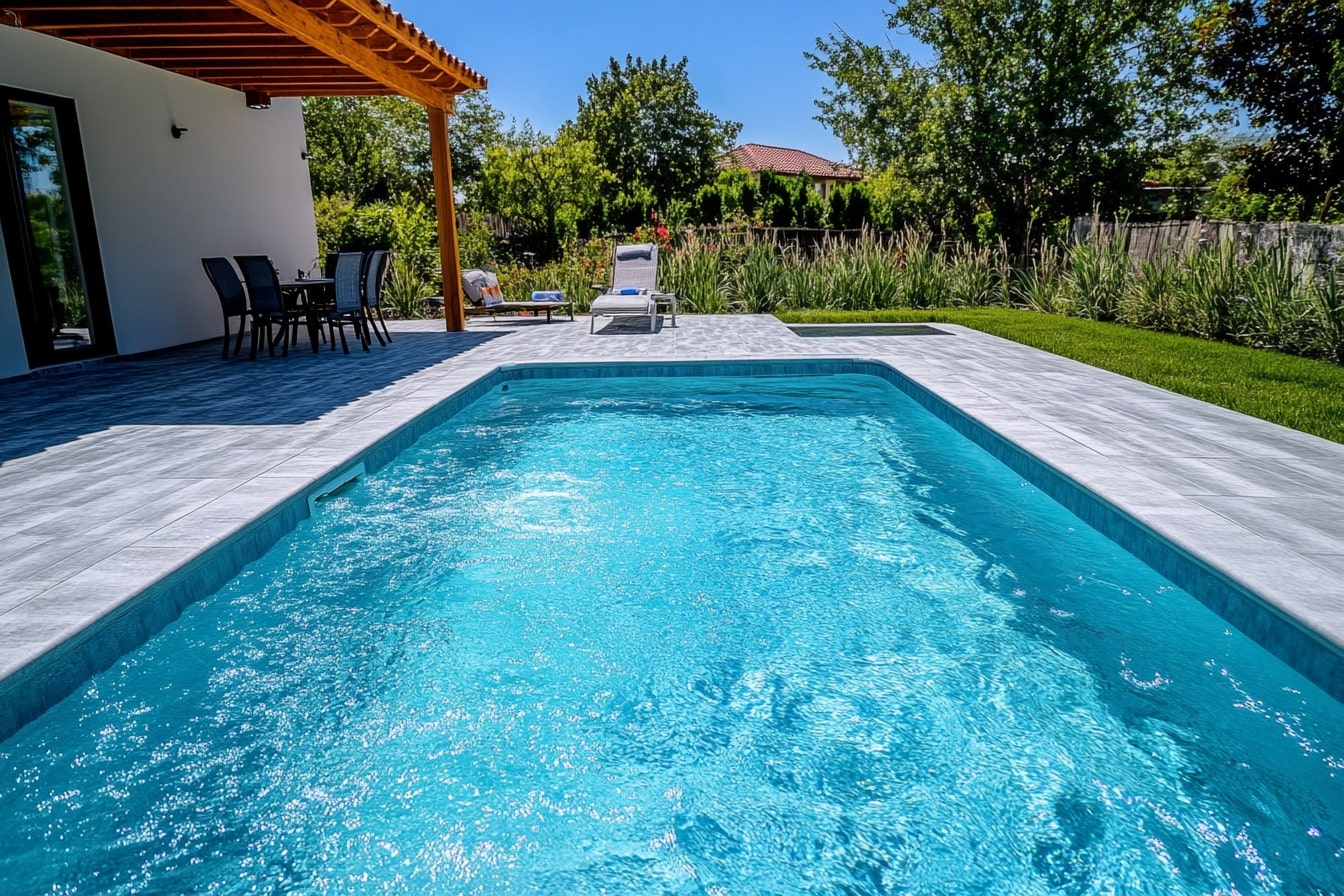Inflatable Pool Guide: Turn Your Yard into a Summer Oasis
Inflatable pools make it easy and affordable to create a backyard summer retreat without major construction. Discover the best inflatable pool options, safety features, maintenance tips, and storage advice to keep water clean and families safe. Learn how to choose, set up, and care for a portable pool that fits your space and budget.

Essential Safety and Construction Features
Inflatable pools have evolved beyond simple blow-up rings. Modern designs prioritize durability and swimmer safety. Seek models built with multiple air chambers so a single puncture won’t cause the whole pool to collapse. Reinforced sidewalls and thicker vinyl increase longevity and help the structure resist wear from kids and pets. Some premium options also include textured, non-slip bottoms to improve footing and reduce slips, while built-in filtration ports or integrated filter systems make keeping water hygienic much easier.
When comparing brands, check for visible seams, extra fabric layers around valve areas, and clear instructions on repair patches. These seemingly small details add up and can extend the life of your pool while improving the overall swimming experience.
Managing Water and Routine Care
Maintaining water quality is essential for a safe, enjoyable pool. Start with a properly sized filter pump to keep the water circulating and to remove debris. Pumps designed for inflatable pools are affordable and simple to attach; use them daily during peak use to reduce contaminants.
Test water chemistry every few days using test strips or a liquid kit and keep sanitizer levels within recommended ranges. Chlorine remains a common and effective option—balance pH, alkalinity, and sanitizer to avoid irritation and algae growth. Shock the pool occasionally after heavy use or a rainstorm to restore clarity.
Cover the pool when it’s not in use to limit leaves, insects, and evaporation. Cleaning the walls and floor with a soft brush or sponge will prevent biofilm and algae buildup; schedule a deeper clean at least once a week during high-temperature periods. Empty and refresh the water periodically, especially if you notice cloudiness that cannot be corrected with chemicals.
Designing a Comfortable Pool Area
Beyond the pool itself, thoughtful setup makes the area safer and more inviting. Lay down temporary decking tiles, outdoor rugs, or foam mats around the perimeter to create a cushioned, slip-resistant surface. These additions also protect your lawn from wear and help reduce mud tracking into the water.
Provide shade with umbrellas, sail shades, or pop-up canopies to help minimize sun exposure during peak hours. Shade not only keeps swimmers cooler but also slows water evaporation. Keep pool toys corralled in bins or buckets and store maintenance tools like pumps, skimmers, and chemical supplies in a weatherproof container nearby to maintain an orderly space.
If you plan to host regularly, consider seating and small side tables for towels and sunscreen, and set clear boundaries for unsupervised children. A well-arranged area improves safety and encourages longer, more comfortable use.
Inflatable Pool Types and Costs
| Pool Type | Size Range | Average Price Range |
|---|---|---|
| Kids’ Play Pool | 4-6 ft diameter | $20-50 |
| Family Pool | 8-12 ft diameter | $100-300 |
| Premium Pool Set | 12-18 ft diameter | $300-800 |
| Rectangle Family Pool | 10x6 ft - 24x12 ft | $150-600 |
Prices, rates, or cost estimates mentioned in this article are based on the latest available information but may change over time. Independent research is advised before making financial decisions.
Choosing a pool depends on available space, budget, and how you plan to use it. Small kiddie pools are inexpensive and quick to set up, while family-sized and premium models offer more depth and durability for adults and older children.
Off-Season Care and Storage
Proper winterization and storage can stretch the usable life of an inflatable pool by several seasons. Before deflating, drain the water, then wash the interior and exterior using a mild detergent and rinse thoroughly. Allow the pool to dry completely—any trapped moisture can lead to mold and unpleasant odors during storage.
Fold carefully to avoid sharp creases and pack the pool in a protective storage bag or breathable container. Store it in a cool, dry location away from direct sunlight, rodents, and extreme temperature swings. Avoid basements prone to dampness and garages where pests are common; elevated shelves often work well.
If your climate requires it, consider a long-term storage plan: check the pool periodically during the off-season for signs of moisture, pest activity, or damage, and repair small punctures promptly so they don’t worsen.
Final Tips for Maximizing Enjoyment and Value
An inflatable pool is a flexible, budget-friendly way to add water-based fun to your backyard without permanent installation. By selecting a sturdy model with safety-oriented features, using a reliable filtration system, and sticking to a regular maintenance routine, you can keep water safe and inviting. Enhance comfort with simple additions like shade, soft flooring, and organized storage, and be diligent about end-of-season care to protect your investment.
With careful selection and upkeep, an inflatable pool can provide years of cooling, relaxing summer memories for families of all sizes.






